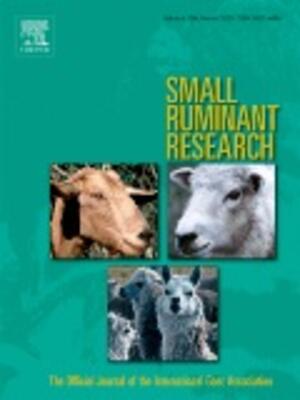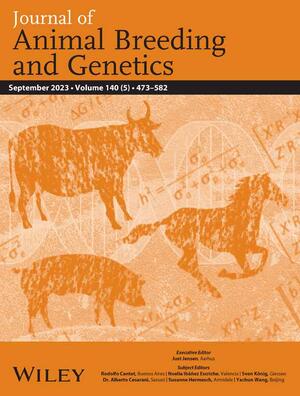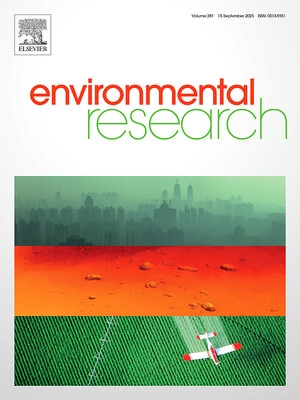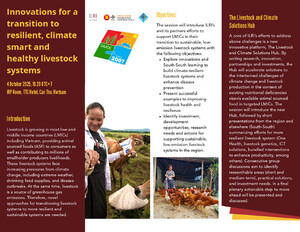
Comparative analysis of climate change impact on livestock in relation with biomass feed availability using Standardized Precipitation Index in Southwestern Ethiopia
Abstract
The results of analysis about impact of climate change on livestock in relationships to biomass DM (Dry Matter) production discretely subdividing in different AEZs (agro-ecological zones) into LULC (Land Use Land Cover) class in Gamo Gofa and Dawuro zone in southwestern Ethiopia. The SPI (Standardized Precipitation Index) and NDVI (Normalized Difference Vegetation Index) on event incidences (at different time scale) and biomass feed DM production, were used to address climate change influences on feed availability. A significant difference (p<0.05) in DM feed availability indices across years was observed. The deviation from normality shows that the biomass feed production could vary significantly during drought occurrences year and this
accelerates profoundly over time as drought frequency is expected to increase over time. The highest significant deviation was observed in 2015 followed by 2006 and 2014. As represented by temporal scale drought, flooding, and landslides were incidences considered as the major climatic risks in the study area. The risks threaten the livelihoods, and even the security of the socio-ecological systems in general and such a marginalized segments of the farming society in particular. The future need effective action on environment management, devising adaptive and mitigation mechanism and change should aim to manage the occurrence and effects of extremes.
Citation
Guja, A.A., Mekasha, Y.G., Kassa, H. and Tana, T. 2019. Comparative analysis of climate change impact on livestock in relation with biomass feed availability using Standardized Precipitation Index in Southwestern Ethiopia. Paper presented at the Seventh All Africa conference on Animal Agriculture, Accra, Ghana, 29 July-2 August 2019.










